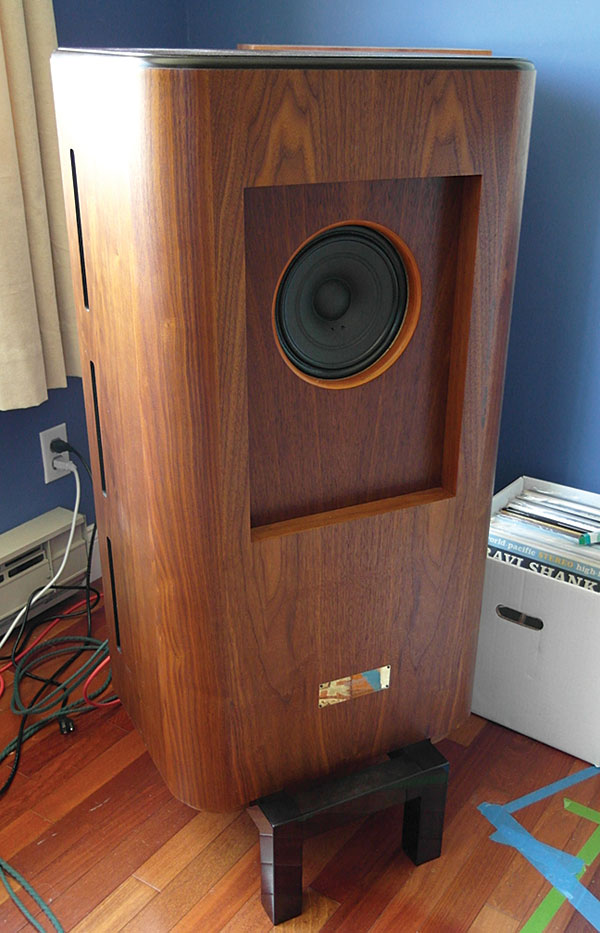| Columns Retired Columns & Blogs |
Dear Art,
I wonder if you used your Shindo CC amps when you listened to the Heresy III. I am quite sure you did. Because indeed I had the exact same experience with the Shindo Apetite : it was a very bad matching with the Heresy's, to my great surprise. While the Apetite is very happy driving my big and pretty difficult PMC EB1i ! ( 88 dB and 6 ohms nominal impedance.... )
The Heresy III gave me a wonderful presentation of all styles of music, with a smooth and refined treble, with my Mc Intosh system composed of C48 preamp and vintage MC2205 power amp. For the price they are by far the best speakers I have heard and I could live all the rest of my life with only them. ( I say this in perfect consciousness while I have 3 systems at home, the top one using Wilsons WP8, and Shindo preamp / power amps... ). Jeff Dorgay from Tone Audio published a review about the Heresy III titled "Perfect Balance". I could not agree more.










































